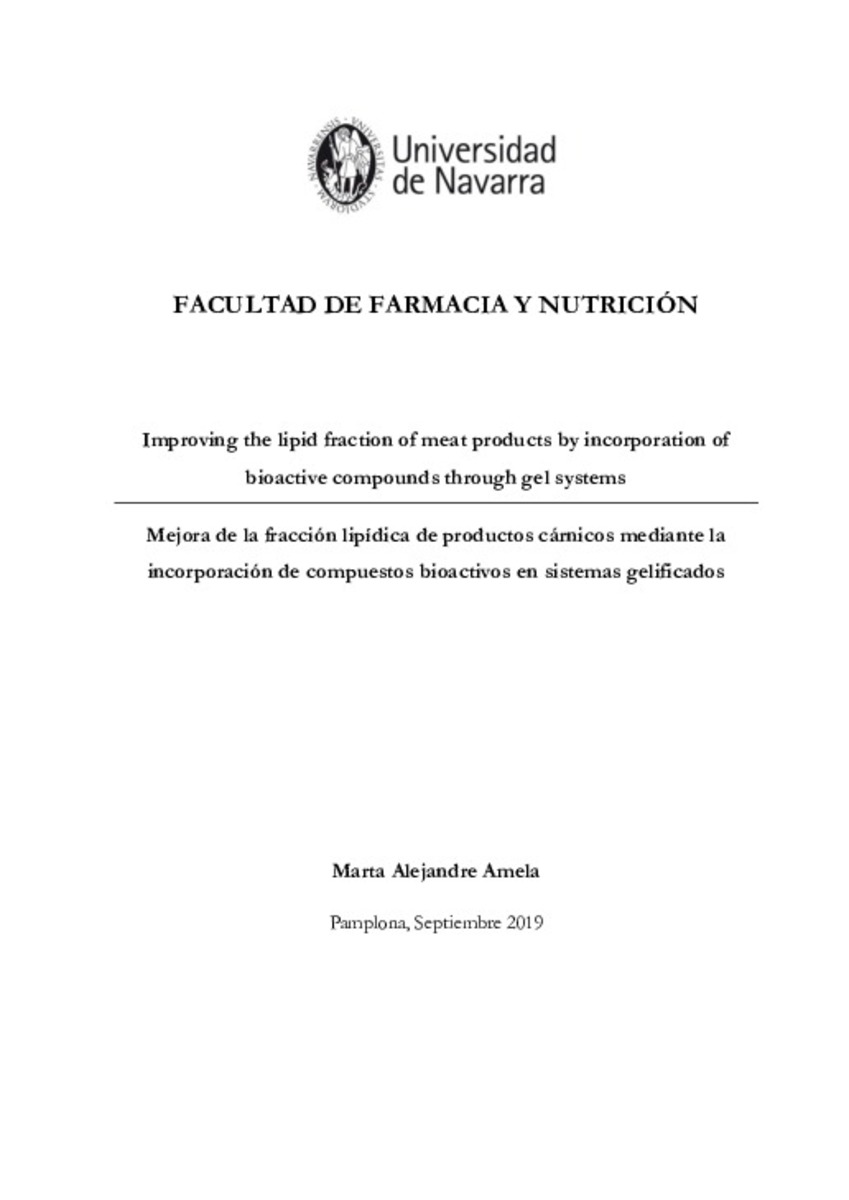Improving the lipid fraction of meat products by incorporation of bioactive compounds through gel systems
Keywords:
Tecnología de los alimentos
Valores nutritivos
Materias Investigacion::Ciencias de la Salud::Nutrición y dietética
Citation:
ALEJANDRE AMELA, Marta. “Improving the lipid fraction of meat products by incorporation of bioactive compounds through gel systems”. Ansorena, D. y Astiasarán, I. (dirs.). Tesis doctoral. Universidad de Navarra, Pamplona, 2019.
Statistics and impact
0 citas en

0 citas en

Items in Dadun are protected by copyright, with all rights reserved, unless otherwise indicated.











